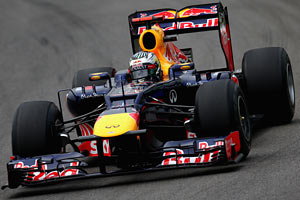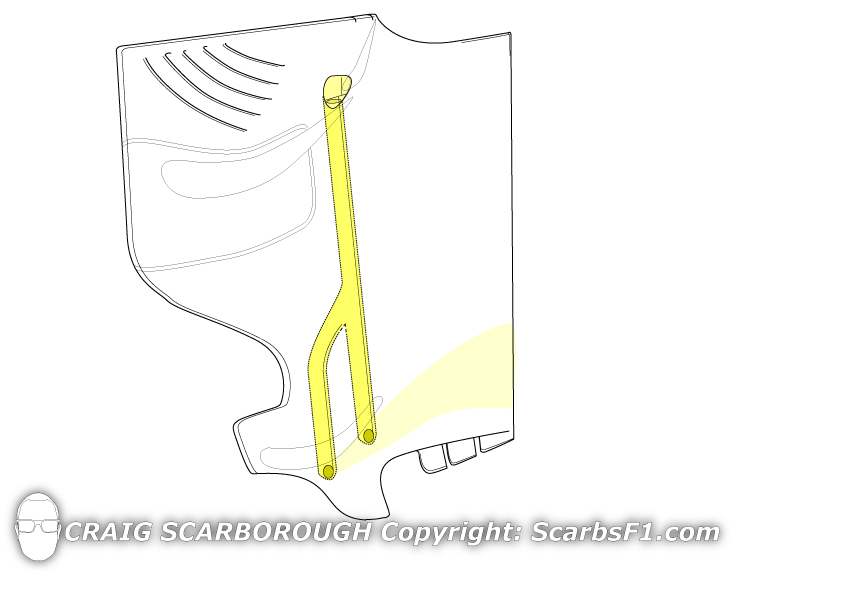It was Vettel's third win in a row and there are lots of little reasons that add up to make what has clearly been a big step forward in performance in the Red Bull car. Red Bull did not start the season that strongly but they have learned a lot about the car as they worked through its problems and the effect of that is being seen now.
The front wing they introduced in Singapore two races ago was a decent step forward for the whole car. It fully focuses on improving the overall airflow - particularly to the underfloor, where the most efficient downforce is created.
Then there is the new 'double DRS' system, which takes the overtaking aid fitted to all the cars a step further by operating on the lower rear beam wing as well as the rear-wing main plane. It means they are able to run more downforce but still maintain a fairly decent straight-line speed with the DRS open in qualifying. It also helps get the tyres working better in qualifying, although it only works for them in the race if they qualify at the front. That's because you haven't got the straight-line speed you would need in a racing situation, but you have the extra downforce to help look after the tyres and give a bit of extra lap time to get away at the beginning of the race, as we saw happen in Korea.
Red Bull also changed the rear suspension geometry a few races ago to reduce the degradation of the rear tyres.
They have put more camber-change on it. That means they can run the car with less static camber, so the tyre has a bigger contact patch for better traction out of slow corners but the high-speed performance is not affected because the necessary camber change is induced by the suspension movement.
In Korea, they also had a new sidepod arrangement at the rear of the car. Normally, there is quite a big duct parallel to the floor which feeds the air into the diffuser to help re-attach the airflow through the central part of the diffuser. They have changed that a bit, reducing the size of the duct, which means they have a better 'coke-bottle' shape to the bodywork at the back of the car, improving the airflow inside the rear tyres.
The new DRS system is influential in this because the way it interacts with the rear aerodynamics means they don't have to feed as much airflow through the floor.
It is a lot of small changes, but if you're looking for one big one, it's the front wing, which has made the airflow over the whole car work differently.
Gary Anderson, BBC F1's technical analyst






